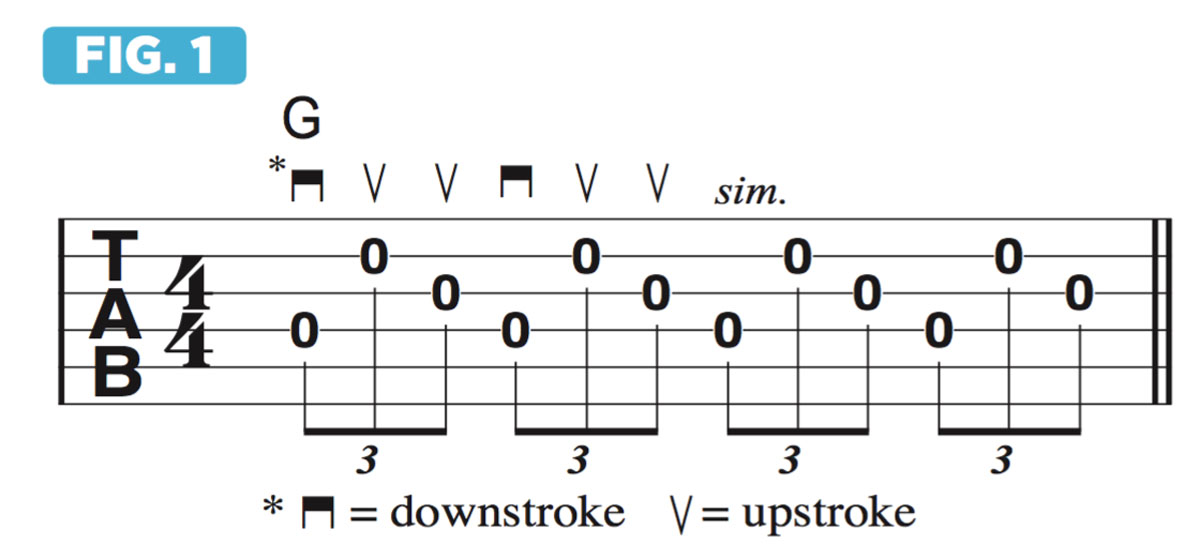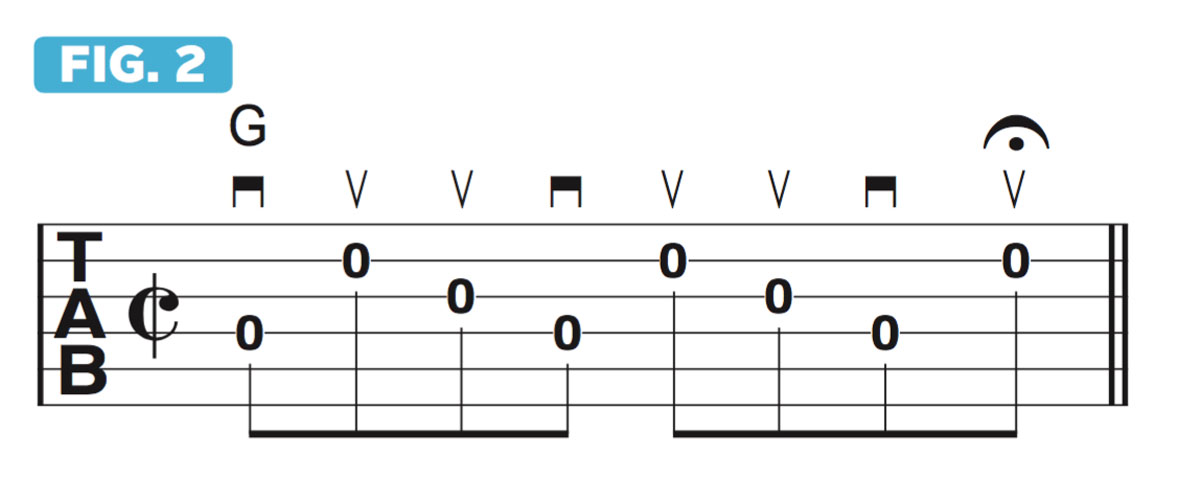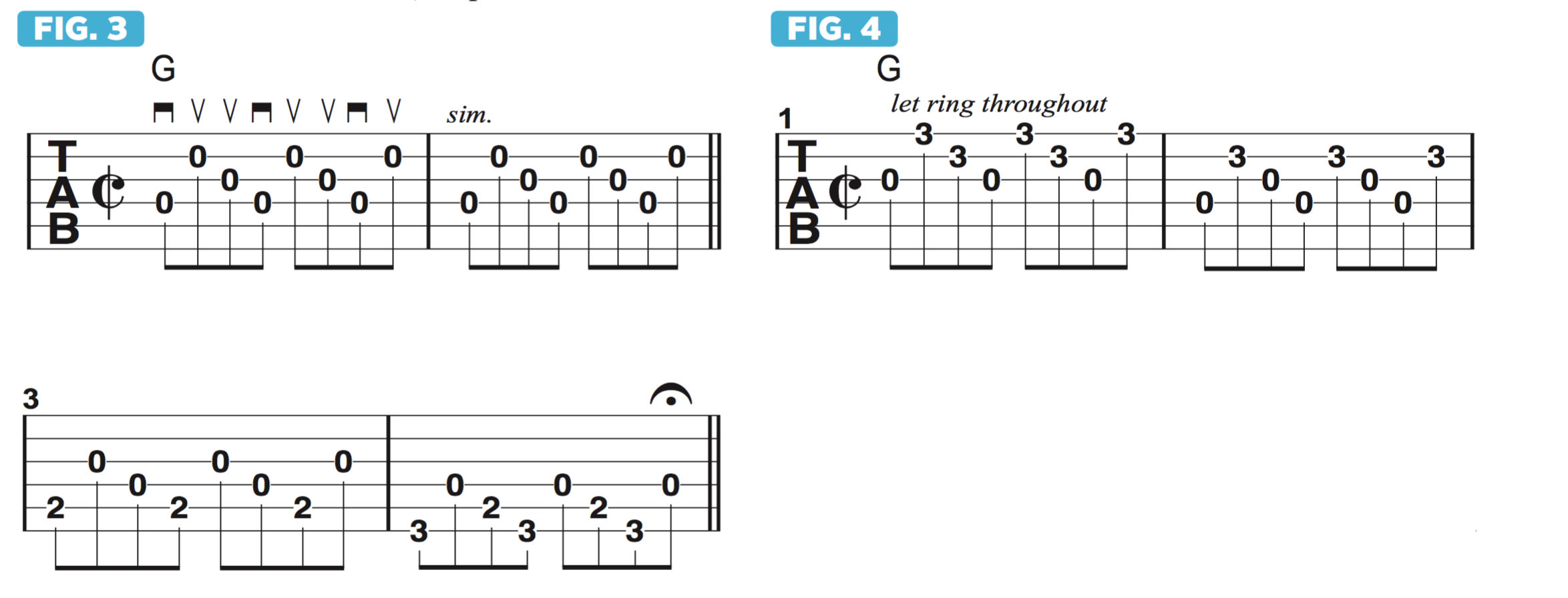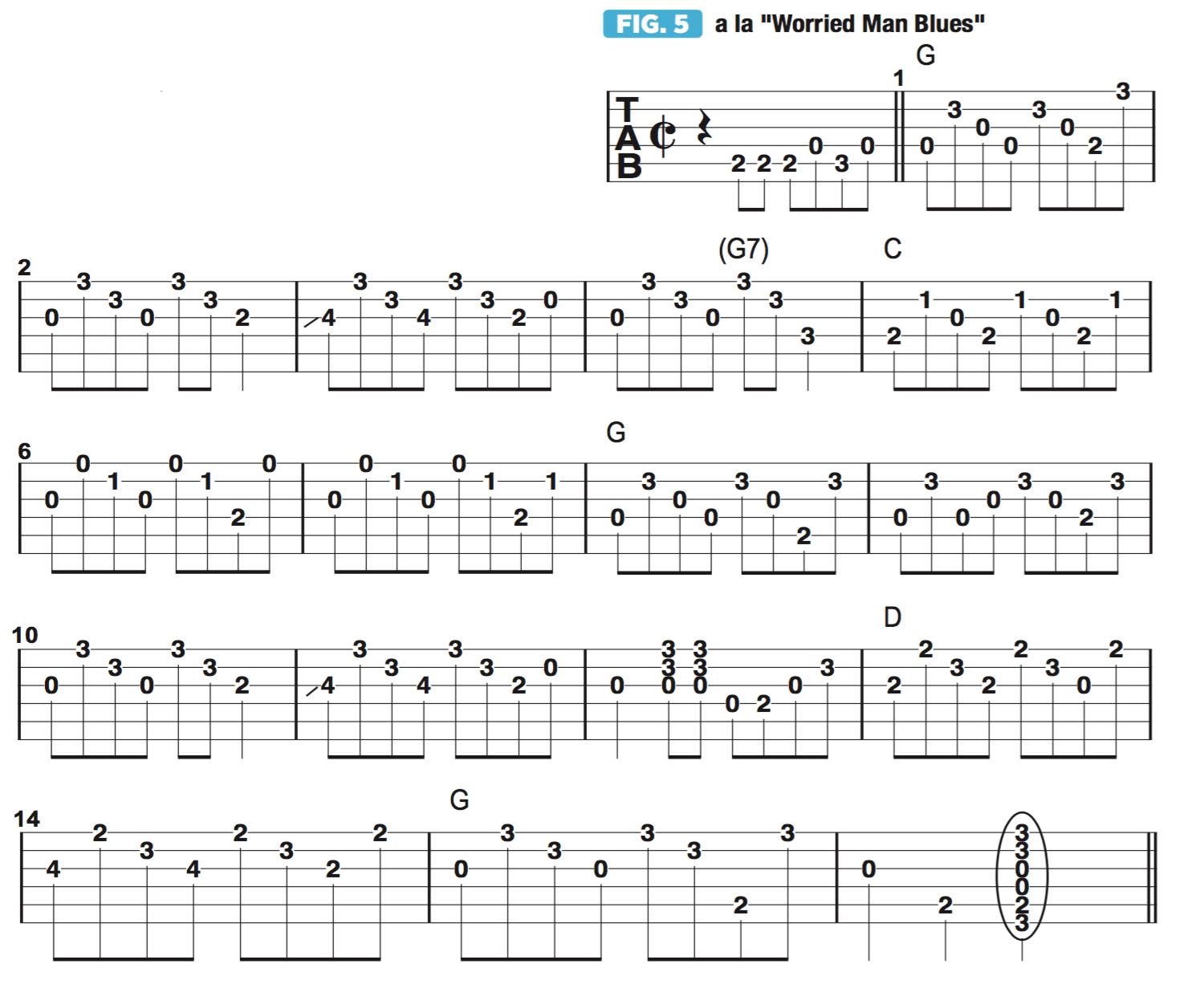Molly Tuttle teaches you the secret to "backward" crosspicking
Mastering a fingerstyle technique borrowed from banjo players will add some hot sauce to your acoustic playing

As I have mentioned in the previous columns, crosspicking techniques remind me of the three-fingered picking patterns usually heard on and associated with the banjo. In fact, I first learned this fingerpicking approach on the banjo (using fingerpicks) and then applied it to the guitar with flatpicking (plectrum) technique.
The picking patterns are often based on three-note sequences, which are generally played in meters of 44 or 22 (also known as cut time). Playing three-note patterns in a rhythm of straight eighth notes in these meters creates inherent melodic syncopations, which is something that I love about bluegrass music.
I love to emulate banjo rolls on the guitar, and one of my favorites is what’s called the backward roll. Instead of picking three adjacent strings from high to low, as its name suggests, a backward roll is performed by starting on the low string, then skipping to the high string, followed by the middle string.
As shown in Figure 1, I outline a G major arpeggio by first picking the open D string, followed by the open B then the open G, which completes the three-note form.

One can use a variety of pick-stroke patterns to play these three notes, such as alternate (down-up) picking, or the type of pattern wherein the same picking direction is used for consecutive notes on adjacent strings, such as two downstrokes or two upstrokes, what’s called economy picking.
I like to pick down-up-up for these three-note patterns, as that feels most comfortable to me and also because I feel I can build up momentum in the picking pattern using this sequence.

In Figure 2, I apply this pattern to cut time. The above-described three-note pattern is played twice, followed by two more notes — D and B — resulting in eight eighth notes played across the single bar.
If we chain two bars together, as shown in Figure 3, we simply start from the beginning of the pattern again on the downbeat of “1” in bar 2. A great way to get a handle on the backward-roll picking pattern is to form a standard open G “cowboy” chord and then apply the three-note picking pattern to each available group of three adjacent strings.
As shown in Figure 4, while holding the G chord, I begin by picking the strings 3-1-2. In bar 2, I move down to the next three adjacent strings, 4-2-3. This is followed in the next two bars by 5-3-4 then 6-4-5.

A great old bluegrass nugget is the tune Worried Man Blues, famously recorded by the Carter Family back in 1930 and subsequently by artists such as Woody Guthrie, the Stanley Brothers, Johnny Cash and many others.
One can simply strum through the tune, highlighting the vocal melody here and there, but I prefer to use backward crosspicking to sound the melody while filling out the chords via arpeggiated picking.
Figure 5 illustrates how to use crosspicking to play through this chord progression. Start out slowly, focusing on clear picking articulation, then gradually increase the tempo.

Get The Pick Newsletter
All the latest guitar news, interviews, lessons, reviews, deals and more, direct to your inbox!









![Joe Bonamassa [left] wears a deep blue suit and polka-dotted shirt and plays his green refin Strat; the late Irish blues legend Rory Gallagher [right] screams and inflicts some punishment on his heavily worn number one Stratocaster.](https://cdn.mos.cms.futurecdn.net/cw28h7UBcTVfTLs7p7eiLe.jpg)
